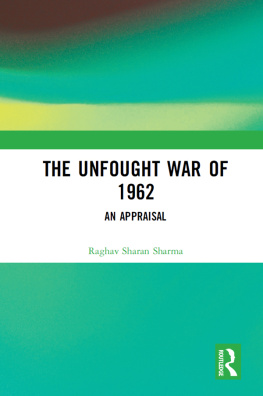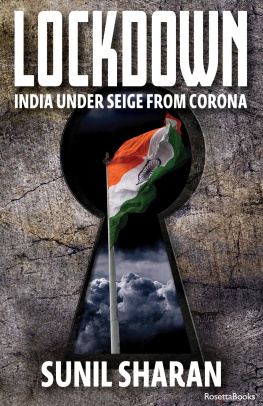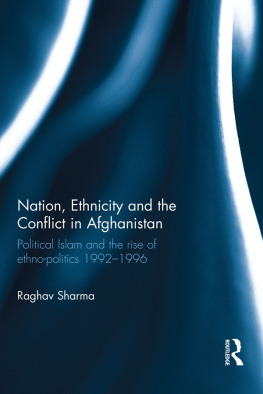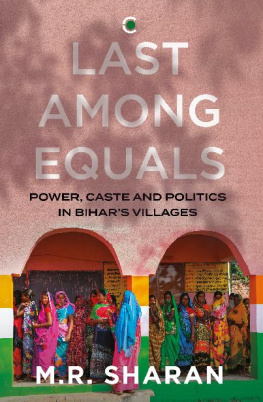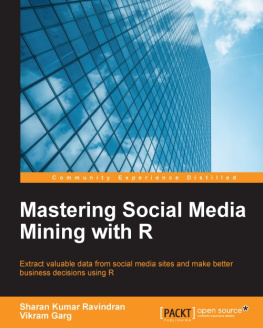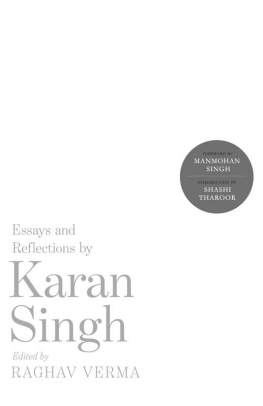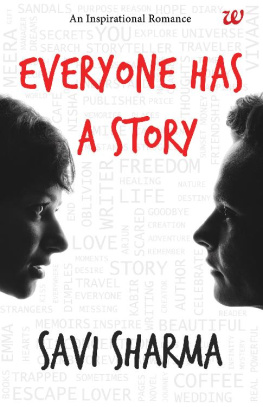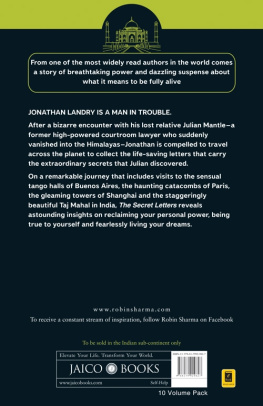THE UNFOUGHT WAR OF 1962
Chinas territorial disputes with India have been a matter of debate since 1950s. While China has amicably resolved boundary disputes with twelve out of its fourteen neighbouring countries, it is yet to resolve its boundary disputes with India and Bhutan as also its maritime disputes in the South China Sea and East China Sea. This volume looks at the complex dynamics of India-China boundary disputes which remains unresolved. It is still the biggest challenge to the relations between the two countries.
From the Indian perspective securing Arunachal and the Indus Watershed is highly important. From the Chinese point of view Karakoram and Xinjiang-Tibet road must be respected. Secondary issues have always occupied a central and pivotal focus in the relations between India and China.
This work also shows how British efforts to secure a defined and natural boundary began immediately after the creation of Jammu and Kashmir in 1846 after Amritsar treaty. In the eastern sector such an effort began only in the first decade of twentieth century. Relevant documents have been presented which examines the role of bureaucrats, diplomats, generals and surveyors. It examines the treaties, conventions, correspondence as well as internal debates between changing British officials and their conflicting British policies. Nehru refused Chou En Lai in 1960, which in turn led to the unilateralism in Chinese attitude after 1962.
The volume breaks new ground by evaluating the differing policies, and explains how a secured boundary can ultimately be agreed upon.
Raghav Sharan Sharma who has actively taken part in militant kisan movements, has written and edited several books such as Indo-China Rivalry; Naxal Movement; Collected Works of Swami Sahajanand; Indias War of Independence through Kisan Documents, among others. He is at present President of the All India Forward Kisan Sabha, and Director of Swami Sahajanand Research Institute, Varanasi.
The Unfought War of 1962:
An Appraisal
RAGHAV SHARAN SHARMA
First published 2018
by Routledge
2 Park Square, Milton Park, Abingdon, Oxon OX14 4RN
and by Routledge
711 Third Avenue, New York, NY 10017
Routledge is an imprint of the Taylor & Francis Group, an informa business
2018 Raghav Sharan Sharma and Manohar Publishers & Distributors
The right of Raghav Sharan Sharma to be identified as author of this work has been asserted by him in accordance with sections 77 and 78 of the Copyright, Designs and Patents Act 1988.
All rights reserved. No part of this book may be reprinted or reproduced or utilised in any form or by any electronic, mechanical, or other means, now known or hereafter invented, including photocopying and recording, or in any information storage or retrieval system, without permission in writing from the publishers.
Trademark notice: Product or corporate names may be trademarks or registered trademarks, and are used only for identification and explanation without intent to infringe.
Print edition not for sale in South Asia (India, Sri Lanka, Nepal, Bangladesh, Afghanistan, Pakistan or Bhutan)
British Library Cataloguing in Publication Data
A catalogue record for this book is available from the British Library
Library of Congress Cataloging in Publication Data
A catalog record for this book has been requested
ISBN: 978-1-138-48246-3 (hbk)
ISBN: 978-1-351-05638-0 (ebk)
Typeset in Janson Text 11/13
by Kohli Print, Delhi 110 051
To those who know what really happened in 1962,
and who spoke to me about it
Contents
(between pages 224-5)
Plate 1. McMahon with Chinese and Tibetan representatives at Simla Conference in 1914.
Plate 2. Rezang la Memorial, height 15,500 ft, where the whole of the Kumaon Regiment was martyred in the 1962 India-China War.
Plate 3. Border Mountain overlooking Pangong Lake, height 14,500 ft.
Plate 4. Author at the Line of Actual Control in Pangong area. One-third of the 145 km lake is under Indian possession.
Plate 5. On the Dividing Line between Chang Chenmo Valley and Pangong.
Plate 6. Author at the watershed of Indus and Shyok Valley.
Plate 7. 32 m high statue of Lord Buddha at Dixit near Siachin-Nubra Valley.
The subject matter of the present work is an actively researched and well documented topic which has been studied in detail by scholars, generals, journalists and policy makers. By merely glancing through the bibliography of this work, readers will be amazed to see the multitude of books and the copious amount of work available in the public domain, some even written by retired Army Generals and Intelligence officers who were active participants in the war theatre and eminent investigative journalists who researched the matter immediately after war. However, in the view of the author, the extant literature suffers from certain limitations as:
A. The exisiting works have studied the dispute from a Himalayan perspective, as an imperial legacy. It is however the authors assertion and belief, coming from knowledge ascertained from books on Central Asia by authors like Rahul Sankritayan, Kalhan, Hasnain, etc., that the ancient competition between India and China in Central and South-East Asia is intrinsic to this dispute. Further the war and the contest are not about Himalayas as has been widely popularized in existing works. Crossing Himalayan ranges, one comes across Zanskar range crossing which one encounters Ladakh. Further moving north-east and subsequently travelling across Kailash range and mighty Karakoram one reaches the Aksai Chin area which is the contested part of border. So the battlefield is comprised of Trans Himalayan ranges in Ladakh sector. In the middle sector, the boundary dispute is in Zanskar ranges which too are beyond Himalaya near Mana and Niti Pass.
B. They have failed to point out the proportionate role of the contest between Arab, Indian and Chinese civilizations in the trans-Himalayan region that is Pamir throughout the history from Emperor Ashok to Khalifa Harun-al-Rashid and Changez Khan. This region became a battlefield for the rivalries of these civilizations and their representatives. The border dispute and the related sentimental connect of the general populace to seemingly a mere geopolitical issue is actually a manifestation of the dormant understanding of this civilizational contest. The Vedic literature and texts like Mahabharat have mentioned the trans-Himalayan region as Uttar-Kuru which is in modern times recognized as Pamir. Ashokan Empire was well stretched upto Central Asia in third century BC and Central Asian kings like Kanishka, Torman and Demetrius extended their empire deep into north and west India.
C. The books written are hesitant to go into the root causes of the dispute and the debacle. The Army and Intelligence officers have written books to pass on the buck to others for the debacle and, therefore, do not put the complete picture. The journalists have just presented the story but have not analysed the entire event in totality. Certain foreign authors have given several facts and figures but they have not been fair in their analysis and their works give off an odour of certain bias. This work tries to bring things into a true perspective and give a dispassionate analysis of events and personalities.



